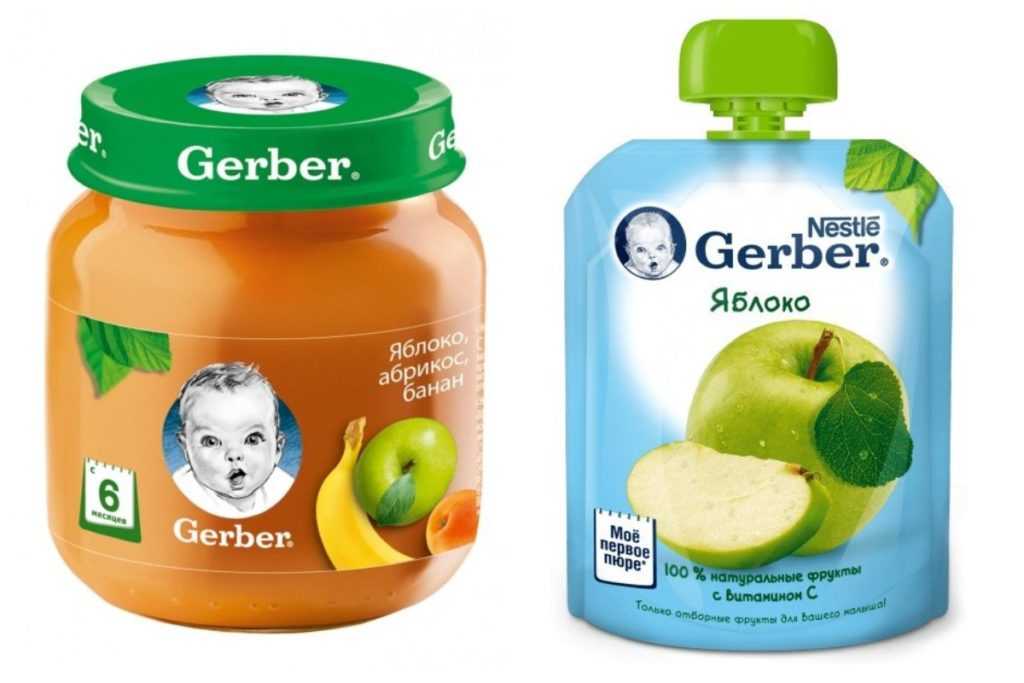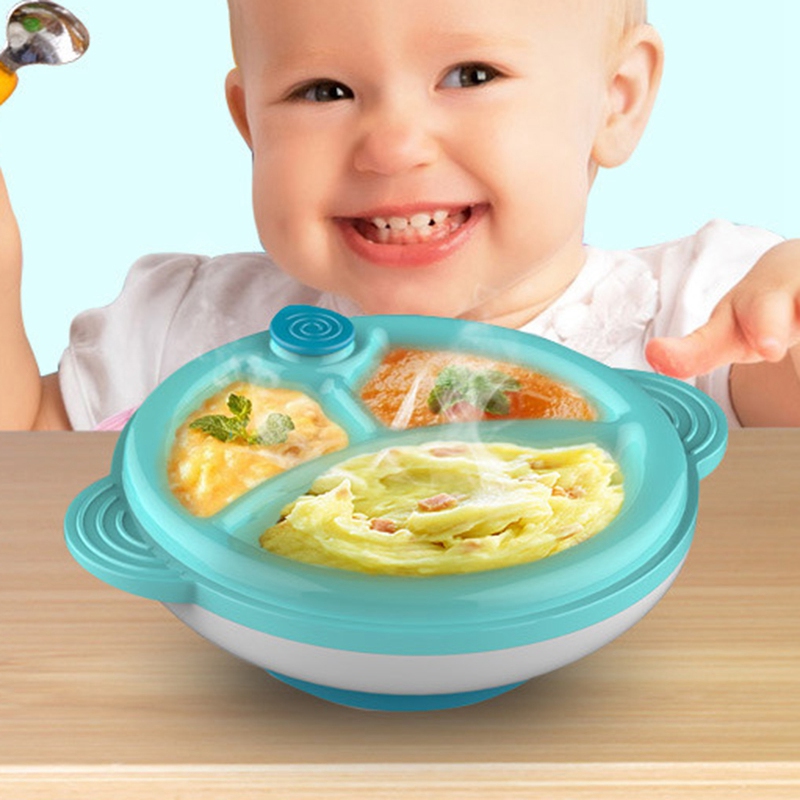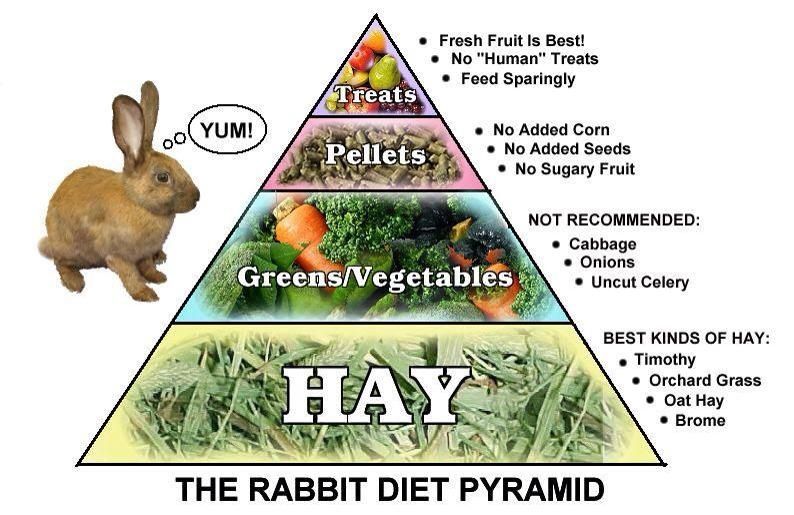Nutridel baby food
Nutri-Del Dry Infant cereal for Infants and Young Children
Nutri-Del Dry Infant cereal for Infants and Young Children
My youngest son is already at his sixth month this March and I was able to try this new dry infant cereal for babies starting at six months onward. My baby Miguel tried it and he loves it!
What I liked most about Nutri-Del is it’s locally made. It is manufactured by AGRIBIOSCIENCE INC. at Aliaga, Nueva Ecija, Philippines. I sympathize with the local manufacturers and laborers in the country especially these days when foreign companies’ dominance is undeniable.
Nutri-Del infant cereal is a rice-based from formulated single grain, gluten free cereal. It is loaded with essential vitamins and minerals to sustain our baby’s nutrient demand for optimum growth and development.
It has a fine texture and easy to swallow. Unlike other baby foods, Nutri-Del cereal is created with no added sugar, salt, preservatives or artificial coloring. It is easy to prepare and it comes with a re-sealable zip-lock packaging, BPA-free material, no worries for unwanted organisms after opening.
Preparation:
Make sure to wash your hands before preparing your baby’s food.
Boil clean drinking water for 5 minutes and allow it to cool.
Mix the cereal with lukewarm water until you get the right consistency.
Prepare just the right amount that you think your baby can consume.
| My baby Miguel Andrew tries Nutri-Del |
Nutri-Del Apple, Squash and Malunggay
Nutri-Del Squash and Carrots
Nutri-Del Apple Banana and Carrots
Nutri-Del Banana, squash and Spinach
Nutri-Del Carrots, Green Beans and Sweet Potato
Nutri-Del Squash, Monggo and Pears
Popular posts from this blog
ENERGEN: My Tummy's Best Friend
I’ve always had a history of hyper-acidity (also known as acid dyspepsia) since high school.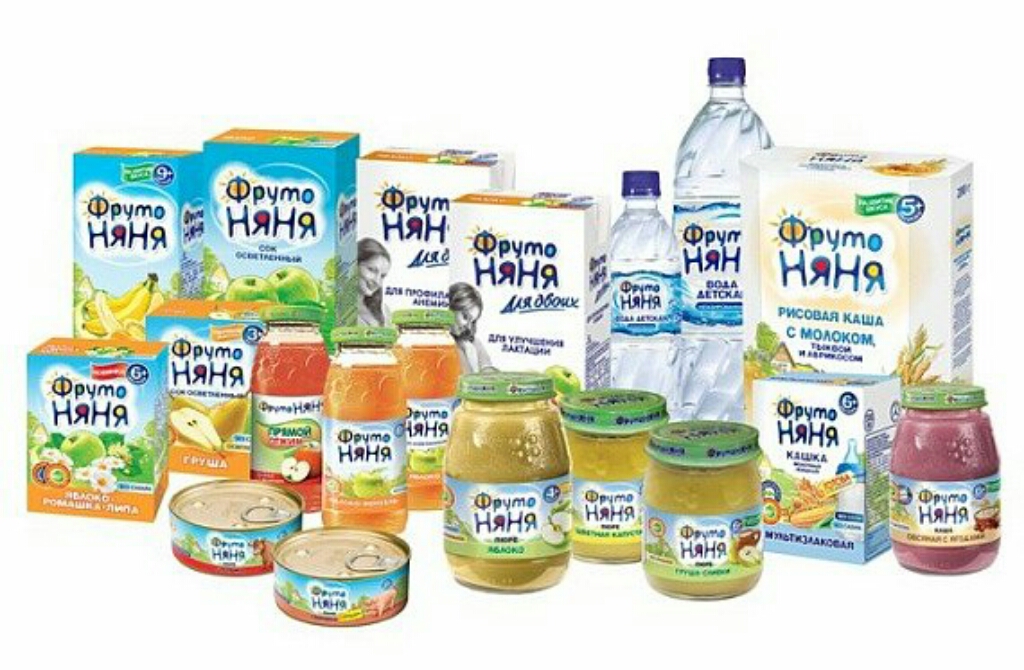 I don’t know when or how did I get it, all I know is just it’s screwing me for over a decade. I am a slow-gainer. I was very skinny back in my elementary days. My mom let me tried different kinds of vitamins but none of them took effect on me. My dad is an OFW back then and when he comes home he jokingly asks my mom if she’s still feeding her kids because me and my only brother look like bamboo sticks (that’s what our bullies called us because we’re thin and tall) even if we get to eat whatever we want. Maybe we have a fast metabolism which everybody envies about especially now that I have kids already, eating everything that I want and still not getting fat. I remember the times that I’ve been hospitalized because of hyper-acidity. The doctor will always come up to a theory that I might be skipping meals but honestly not. Then he’ll ask me if I drink a lot of soda or coffee and de
I don’t know when or how did I get it, all I know is just it’s screwing me for over a decade. I am a slow-gainer. I was very skinny back in my elementary days. My mom let me tried different kinds of vitamins but none of them took effect on me. My dad is an OFW back then and when he comes home he jokingly asks my mom if she’s still feeding her kids because me and my only brother look like bamboo sticks (that’s what our bullies called us because we’re thin and tall) even if we get to eat whatever we want. Maybe we have a fast metabolism which everybody envies about especially now that I have kids already, eating everything that I want and still not getting fat. I remember the times that I’ve been hospitalized because of hyper-acidity. The doctor will always come up to a theory that I might be skipping meals but honestly not. Then he’ll ask me if I drink a lot of soda or coffee and de
What’s the Best Tasting Milk for Pregnant Women?
I just gave birth five months ago. When I was still pregnant, I was given the chance to try three different kinds of milk that is best suitable for pregnant women. Every time I visit my OB-Gynecologist, there was always a sample of milk especially made for pregnant women given by the promo representatives of each milk in the waiting area. I have tried at least three of them and I would like to give you my honest opinions regarding its taste because this kinds of milk are known to have unpleasant taste since it is loaded with vitamins and essential nutrients so it is tend to taste like medicine even if it is flavored.
When I was still pregnant, I was given the chance to try three different kinds of milk that is best suitable for pregnant women. Every time I visit my OB-Gynecologist, there was always a sample of milk especially made for pregnant women given by the promo representatives of each milk in the waiting area. I have tried at least three of them and I would like to give you my honest opinions regarding its taste because this kinds of milk are known to have unpleasant taste since it is loaded with vitamins and essential nutrients so it is tend to taste like medicine even if it is flavored.
Discounts and Privileges for the Persons With Disability
It was only last year when I heard about the PWD card that would give the persons with disability (PWD) the privileges entitled for their needs. The local government amended the Republic Act No. 7277, an act for providing for the rehabilitation, self development, and self reliance of persons with disability and their integration into the mainstream of society and for other purposes and otherwise known as The Magna Carta for Disabled Persons, was passed in March 24, 1992.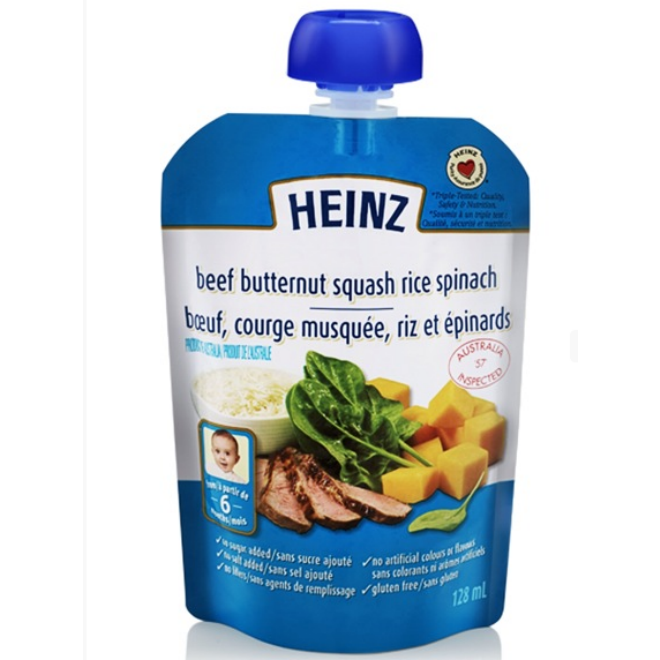 I am a proud mom of a six-year old child with special needs. He is my second child who was diagnosed with Global Developmental Delay Syndrome. Ever since he was a baby, we noticed some of his traits on lack of potential at certain points of development that made us confused about what to do so we consulted to a Developmental Pediatrician. He was born as an eight-month premature baby boy, sickly and always in the hospital for a long period of time. We're taking good care of him with unconditional love and
I am a proud mom of a six-year old child with special needs. He is my second child who was diagnosed with Global Developmental Delay Syndrome. Ever since he was a baby, we noticed some of his traits on lack of potential at certain points of development that made us confused about what to do so we consulted to a Developmental Pediatrician. He was born as an eight-month premature baby boy, sickly and always in the hospital for a long period of time. We're taking good care of him with unconditional love and
Can I skip rice cereal? Dangers of rice cereal for babies
Home › Healthy food and meals for kids › Can I skip rice cereal? Dangers of rice cereal for babies
353 shares
As the parent, it’s your choice what first food your baby will encounter. And if you’ve heard about potential dangers of rice cereal for babies, you might be inclined to skip it.
The good news is, you’re totally fine to just never use rice cereal (or any other baby cereal!). In fact, there’s plenty of reasons (including toxic chemicals) to avoid it.
In fact, there’s plenty of reasons (including toxic chemicals) to avoid it.
If you want, you can skip rice cereal and go straight to baby food. Full stop.
Want the scoop on safe solid foods that are free of toxic chemicals? Get a copy of the Simple Starting Solids Cheatsheet to learn all the tips you need to start solids with confidence.
Disclosure: This article contains affiliate links. As an Amazon Associate I earn from qualifying purchases. You can read my full policy here.
Let’s look a bit at the history of baby cereal and why it’s not necessary now, as well as the specific dangers of rice for babies. And don’t worry, I’ll give you some great tips for better first foods for your baby.
Table of Contents
History of rice cereal
Although I scoured the internet, I couldn’t find the specific history of rice cereal. I could, however, find details on how the use of baby cereal came into practice.
In the late 1800s through early 1900s, manufacturers and pediatricians worked to develop an infant formula that would feed babies adequately. Usually, formula was based on diluted evaporated cow’s milk with cream and/or sugar added to make the protein / fat / sugar content closer to that of human milk. No one really thought about vitamins and minerals in formula or breast milk at the time.
Usually, formula was based on diluted evaporated cow’s milk with cream and/or sugar added to make the protein / fat / sugar content closer to that of human milk. No one really thought about vitamins and minerals in formula or breast milk at the time.
By 1915, basically all cow’s milk (including evaporated milk) was pasteurized. While this process killed germs and kept milk fresh longer, it also destroyed vitamins in the milk. As a result, infants fed formula only often developed rickets and other diseases of malnutrition. They needed a supplement of some kind.
In 1938, three Canadian pediatricians developed an infant cereal they called Pablum. It contained finely ground wheat, oats, corn, iron, bone meal, and alfalfa leaves. It was like a powdered multivitamin for infants.
Pablum made a huge difference in the health of infants and toddlers and was a great step forward in infant health. Babies thrived on formula and Pablum.
But since then, formula has improved greatly to include essential vitamins and minerals. Plus, significantly more babies breastfeed now than then (fewer than 30% of mothers initiated breastfeeding in 1965). We no longer need baby cereal for vitamins and minerals anymore.
Plus, significantly more babies breastfeed now than then (fewer than 30% of mothers initiated breastfeeding in 1965). We no longer need baby cereal for vitamins and minerals anymore.
Does rice cereal help babies sleep longer?
If you’re exhausted, you might be ready to do anything to help your baby sleep. Especially if your child is going through a sleep regression, it’s understandable that you need help.
RELATED: How to survive sleep regressions without sleep training
Aunt Sally may tell you that a dollop of rice cereal in your baby’s bottle will help them sleep better, but that’s a myth. As a matter of fact, the CDC specifically says that adding rice cereal will not help your child sleep through the night, and it may lead to choking. And many parents complain that adding rice cereal to a bottle (or feeding it with a spoon) when a child is only a few months old actually makes them sleep worse.
That’s because a baby is not ready to eat and digest solids until they can sit up on their own (around 6 months of age).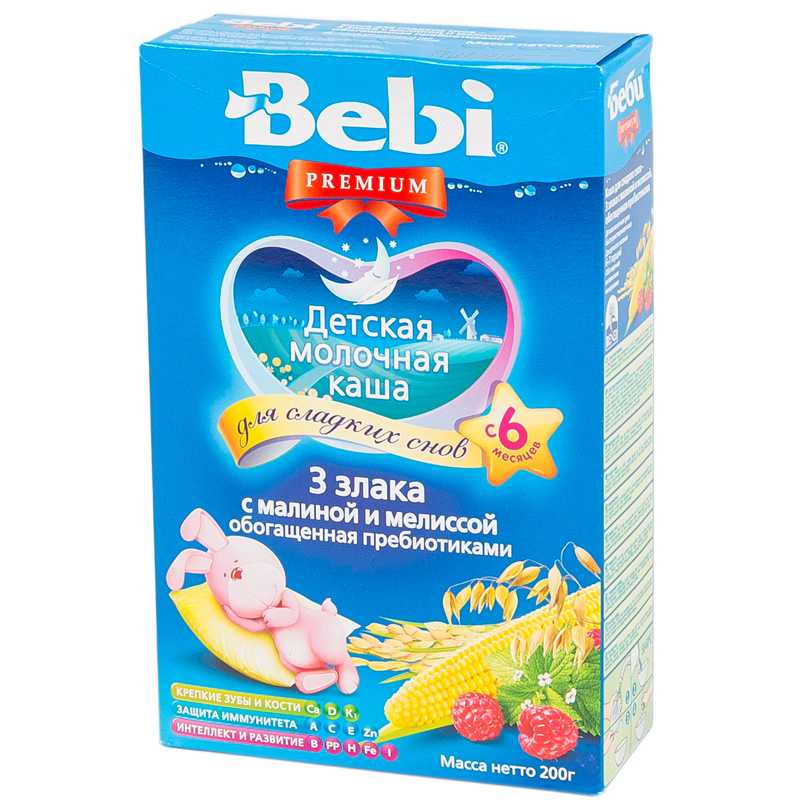
Dangers of rice cereal
Now, parents are often told to choose an iron-fortified, single grain cereal for their baby’s first food. And rice, with its low allergen content, is a very common choice.
But here’s the problem: Rice is often very high in arsenic. According to the WHO, arsenic is naturally found in soil and water. Because of this, arsenic can also end up in crops grown in contaminated areas.
Arsenic has many negative health impacts. It damages the immune system and leads to increased risk of diabetes and high blood pressure. In addition, arsenic is a carcinogen. So anything we can do to avoid our child’s exposure to arsenic is a good thing.
Rice is the worst crop for arsenic contamination. This is due to two reasons: First, rice is grown on a flooded paddy. All that extra water allows rice to uptake extra arsenic (and rice is unique in that it uptakes arsenic really well).
Secondly, rice is grown in areas that have been historically treated for pest control with arsenic-containing pesticides.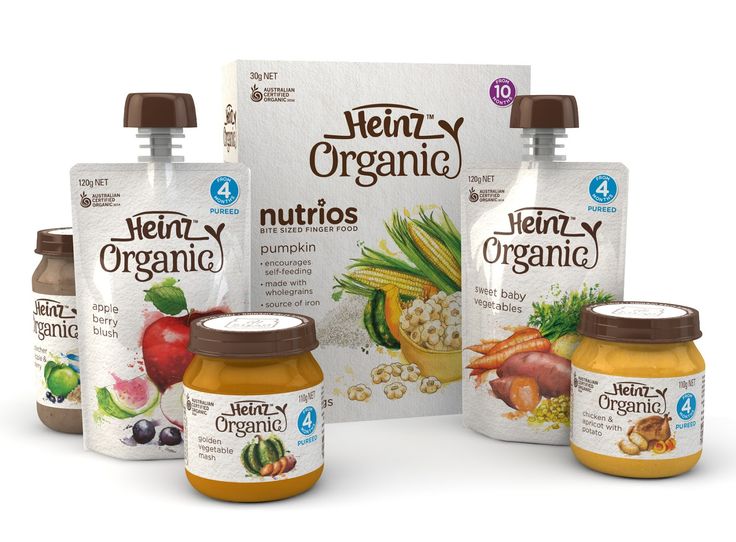 Even though much less arsenic pesticide is used now, the arsenic left from decades past won’t break down. There’s not a good way to remove the arsenic from the soil, so it’s just left there.
Even though much less arsenic pesticide is used now, the arsenic left from decades past won’t break down. There’s not a good way to remove the arsenic from the soil, so it’s just left there.
So if you’re wondering if rice cereal is bad for babies, this is why you shouldn’t feed baby rice cereal: The risk of arsenic exposure.
Why is rice cereal not good for babies?
As mentioned above, rice cereal has a huge risk of arsenic exposure. All baby rice cereal brands, including well-respected brands like Gerber and Earth’s Best, were found to contain arsenic in a recent study. In fact, rice cereal contained six times more arsenic than other infant cereals (such as barley, buckwheat, or oatmeal).
Plus, rice cereal is really just a “filler” food. There’s no real nutrients, unless the baby cereal is fortified with iron or vitamins. Breastmilk and formula already has all the nutrition your child needs up to six months and beyond.
And if you do delayed cord clamping (until it stops pulsing), the cord blood that is transferred to your newborn gives them enough iron stores until they start eating solids.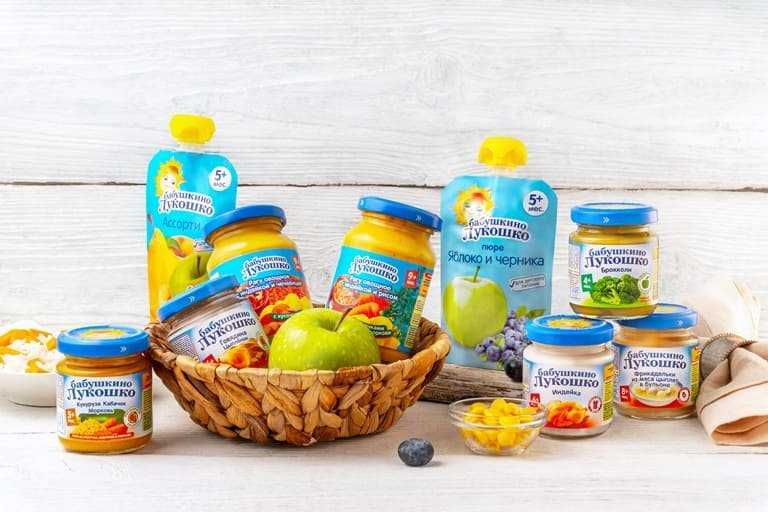 But if you’re still worried about your baby having enough iron, you can get a supplement from your pediatrician to add to a bottle.
But if you’re still worried about your baby having enough iron, you can get a supplement from your pediatrician to add to a bottle.
Does all baby rice cereal have arsenic?
All that said, baby rice cereal is often very high in arsenic. So if you feed your child with rice cereal daily (or even several times a week), you’re significantly increasing their risk for many long-term health effects.
Unfortunately, buying organic rice cereal won’t remove the risk of arsenic exposure. Remember, this isn’t an issue of “just don’t spray pesticides.” Arsenic is already present in the soil where rice is grown, and there’s no good way to remove it.
RELATED: 5 ways to avoid pesticides in your food
In fact, studies have repeatedly found arsenic in organic baby rice cereal. So buying organic won’t change things.
In the same vein, making your own homemade baby rice cereal won’t remove the arsenic either. You’re still using rice.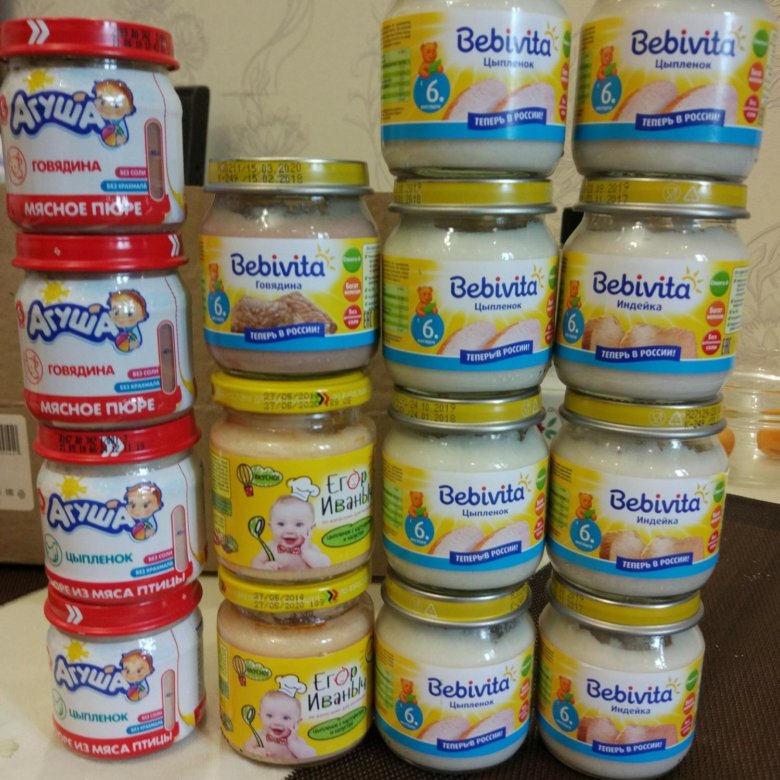
RELATED: Is homemade baby food safer than store bought?
So honestly, your best bet is to just not give your child rice cereal.
What does the AAP say about rice cereal?
Even the American Academy of Pediatrics has something to say about rice cereal! The suggest not using rice cereal in a bottle to “help your child sleep better.” For one thing, that old wives’ tale doesn’t work.
Plus, adding rice cereal to a bottle is a choking hazard and adds calories that your child doesn’t need at this age. They’ll get everything they need from either breast milk or formula before six months.
Does rice cereal change baby poop?
One other not-awesome thing about rice cereal: It changes baby’s stools from soft, seedy stools to much thicker ones. There’s a good reason for this.
Remember how your prenatal vitamins with iron upset your tummy? That’s because iron can cause constipation. And since rice cereal is fortified with iron (not to mention rice by itself can cause constipation), your baby may have trouble pooping.
And in turn, your baby’s constipation won’t feel good for them! They’re going to be fussier, and when they finally do go poop, their diaper is going to be gross. Do yourself a favor and skip the rice cereal.
Is oatmeal better than rice cereal for babies?
Because of the risk of arsenic exposure, some people (who are married to the idea of baby cereal) recommend just using a different grain. Often, oatmeal is suggested because it can be gluten free (if it’s processed away from other wheat products; check the label).
However, many of the same issues exist with oatmeal cereal vs. rice cereal. Oatmeal cereal can cause constipation. Oatmeal cereal in a bottle is a choking risk. And finally, babies are still not ready for solid foods until 6 months of age.
Better first foods for baby instead of rice cereal
If you’re wondering if you can skip rice cereal and go straight to baby food, the answer is yes (once your child is sitting up independently and around 6 months).
Fortunately, there are many better alternatives for your little one instead of rice cereal. They have more nutrition, are better tasting, and are more interesting for your baby anyways!
And while you can start with purees if you want, but have you heard of baby led weaning? The premise is that you give your child sticks and chunks of soft solid food (if you can squish it between two fingers, you’re good) and generally let them eat what the family eats. It’s much easier for you, and actually has some great health benefits for baby!
RELATED: What is baby-led weaning (and why I love it)
Here are some of my (and my kids’) favorite first baby foods:
- Avocado – Babies love the richness of avocado, plus it’s a neutral flavor. I also like that it’s not sweet.
- Creamed spinach – Mixing finely chopped cooked spinach with a little breastmilk or formula has been a success in my household.
- Banana – This is a super easy first fruit to give your baby.
 If you gently squeeze the banana, it will naturally split into three “sticks” that are perfect size for chubby little baby hands.
If you gently squeeze the banana, it will naturally split into three “sticks” that are perfect size for chubby little baby hands. - Butternut squash – Cut it into little sticks (not cubes) before you roast it to make it easy to hold.
- Steamed cauliflower or broccoli florets – Just make sure they’re pretty mushy. And don’t give too much at once because it may cause gas and upset tummies (a lesson I learned with my oldest).
You’ll notice I didn’t mention sweet potatoes. That’s because sweet potatoes also tend to be high in heavy metals like lead. Butternut squash is a better alternative.
And yes, you can totally season baby’s food before you serve it. Garlic, cumin, chili powder, ginger, even a little pepper are all okay for your baby (and if they are breastfed, they have already tried these flavors in your milk). Just avoid salting the food you serve your baby.
Is it safe to eat rice?
Does that mean that you and your kids should never eat rice? Not necessarily.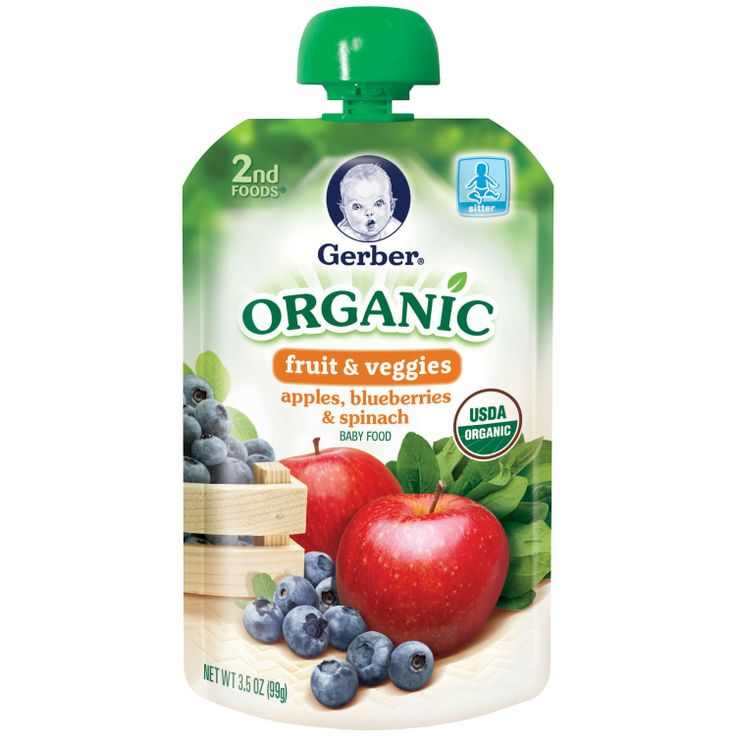 Here’s a few tips so you can minimize the amount of arsenic your family gets when you eat rice.
Here’s a few tips so you can minimize the amount of arsenic your family gets when you eat rice.
Even though there’s nutrients in the bran, you should choose white rice instead of brown. Most of the arsenic is stored in the hull of rice, so removing it (as done with white rice) will make it safer.
Also rinse your rice well before cooking. This simple act will remove much of the arsenic as well.
To remove even more arsenic, parboil your rice for 5 minutes before draining, replacing the water, and then cook it the rest of the way (as described in this Nature article).
To get rice with the least amount of arsenic in it, choose Basmati rice from California, India, or Pakistan.
Conclusions on skipping rice cereal
If you were thinking about skipping rice cereal for your baby, I hope this article makes you more confident that it’s totally okay to do so. Like I mentioned, I have never given any of my four kids rice cereal, and they’re all doing well.
Rice cereal is a holdover from Pablum, invented to help babies thrive even when being fed incomplete baby formulas from the late 1800s through mid 1900s. With formula’s improvement and breastfeeding on the rise, there is no longer any need for rice cereal in your baby’s diet.
RELATED: Benefits of breastfeeding by age
So if you’re wondering if rice cereal necessary for babies, wonder no more. Skip the rice cereal in favor of more nutritious, satisfying foods after your child reaches six months. And if you’re worried about how to introduce solids in a way that’s safe for baby and fun for you both, be sure to grab your copy of the Simply Starting Solids Cheatsheet.
353 shares
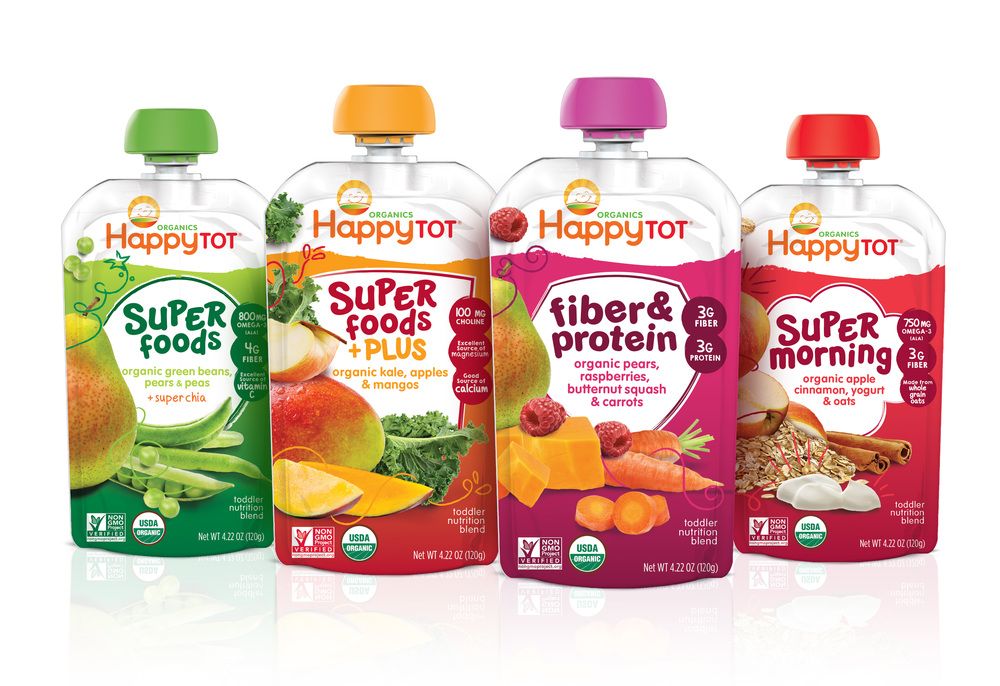 Samantha also studies the effect of exposure to hormones induced by personal experiences, for example, cortisol in babies who are stressed or oxytocin in mothers bonding to their infants. Through the years, Samantha has expanded her academic and personal studies to how exposures to different parenting styles affect the mental and physical health of children as they grow to adulthood.
Samantha also studies the effect of exposure to hormones induced by personal experiences, for example, cortisol in babies who are stressed or oxytocin in mothers bonding to their infants. Through the years, Samantha has expanded her academic and personal studies to how exposures to different parenting styles affect the mental and physical health of children as they grow to adulthood. Nutrilon 1 Premium 400 g
Powdered adapted milk formula.
Breastfeeding is preferred for feeding young children. Nutrilon® 1 Premium is used to feed a baby when breastfeeding is not possible, or as a supplement to breast milk.
Consult a specialist before using the mixture.
How to prepare
Wash your hands and sterilize the bottle and teat.
Boil water. Cool it down to 40°C.
Measure the exact amount of water according to the feeding chart and pour into a sterilized bottle. Do not reuse boiled water.
Be sure to use the supplied measuring spoon. Spray the measuring spoon provided with boiling water and dry it. Remove the pile of dry mix with the back of a knife.
Spray the measuring spoon provided with boiling water and dry it. Remove the pile of dry mix with the back of a knife.
Add the exact number of scoops of the mixture to the water. Adding more or less than the recommended amount of formula may be harmful to your baby's health.
Close the bottle and shake well until the mixture is completely dissolved. Remove the cap and put the nipple on the bottle.
Check the temperature of the finished mix on the inside of your wrist (37°C).
Feeding chart
For formula-fed babies (unless otherwise advised by a specialist):
| Child's age | Number of feedings per day | Water volume, ml | Number of scoops |
|---|---|---|---|
| 0-14 days | 6-7 | 90 | 3 |
| 3-8 weeks | 6-7 | 120 | 4 |
| 2 months | 6 | 150 | 5 |
| 3 months | 5 | 180 | 6 |
| 4 months | 5 | 180 | 6 |
| 5 months | 4-5 | 210 | 7 |
| C 6 months | 3-4 | 210 | 7 |
100 ml Nutrilon® 1 Premium = 90 ml water + 3 scoops powdered formula
1 scoop = 4. 5 g powdered formula
5 g powdered formula
including the age, weight and appetite of the baby. Our chart provides recommendations on how often to feed your baby formula based on their age. Of course, these are only approximate recommendations. For premature babies or babies born with low birth weight, they will be different.
Important!
- Prepare food immediately before consumption!
- Do not use leftover food for later feeding!
- Do not heat the mixture in the microwave oven to avoid hot clumps of the mixture.
- Strictly follow the recommendations for the amount of mixture when preparing and do not add anything to the prepared mixture.
- New formula should be introduced into the baby's diet gradually. Consult with a specialist before introducing the product. If you have additional questions, please contact the Nutriclub expert line for moms.
Changing from one mixture to another
The baby's digestive system needs time to adapt to the assimilation of a new milk mixture - it is possible to change the activity of some enzymes, the rate of processing of the components of the mixture, and the nature of the stool also changes.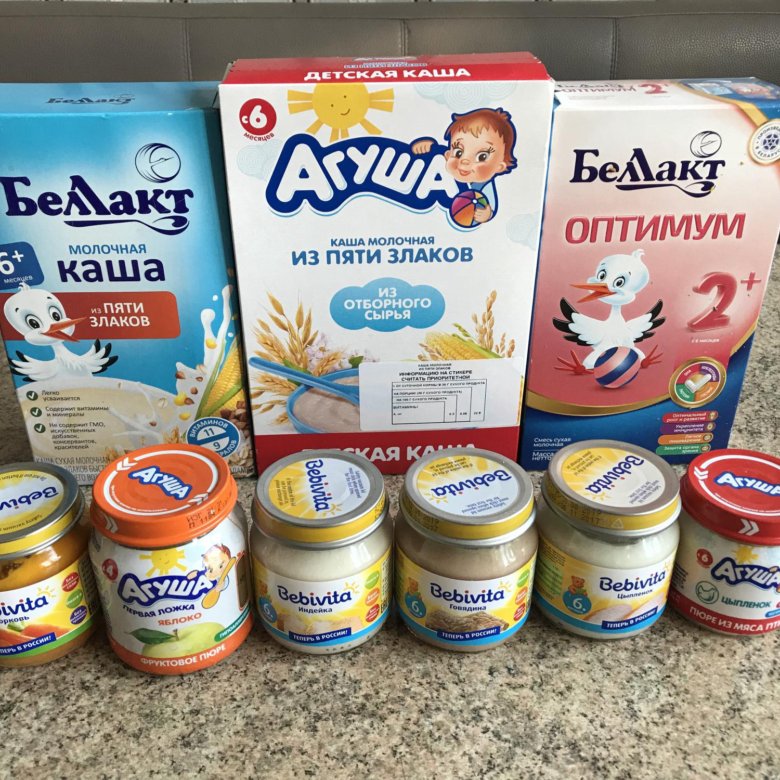
Start with very small amounts of any new infant formula. Mix old and new formula in separate containers and mix just before feeding in one bottle.
As the amount of new milk formula is increased, the volume of the usual formula is reduced. So the baby's digestive system will gradually "learn" to assimilate a new product, your baby will gradually get used to the new taste.
In addition, you will be able to adequately and timely assess the reaction of the baby to the new milk formula.
| Introduction period | The amount of the mixture for 1 dose, ml | Multiplicity of reception | Amount per day, ml |
|---|---|---|---|
| 1st day | 30 | 1 | 30 |
| 2nd day | 30 | 2-3 | 60-90 |
| 3rd day | 30 | 5-6 | 150–180 |
| 4th day | 60 | 5-6 | 300–360 |
| 5th day | 100 | 5-6 | 500-600 |
| 6th day | 150 | 5-6 | 750 |
The introduction of a new mixture is an important moment in the nutrition of the baby, and in order for it to be successful and you have not missed anything, do not forget to consult with a specialist on this issue.
Composition
Demineralised whey, vegetable oil blend (palm, rapeseed, coconut, sunflower, Mortierella alpina), lactose, skim milk, prebiotics (galactooligosugar, fructooligosugar), whey protein concentrate, minerals, fish oil*, vitamin complex, choline, soy lecithin, taurine, trace elements, nucleotides, inositol, L-tryptophan. May contain traces of gluten**.
*fat component of milk formula was developed on the basis of data on the fatty acid composition of breast milk
Nutrition value
Click for nutrition information.
Storage
- Store unopened cans at temperatures from 0 to +25 degrees and relative humidity not more than 75%.
- Once opened, store tightly closed in a cool, dry place, but not in the refrigerator.
- Refrigerator humidity may be higher than recommended. As a result, the mixture may become damp, as well as absorb the odors and microflora of the products that are in the refrigerator next to the mixture.

- Use the contents of an opened jar within three weeks.
- To store the mixture, choose a place as far as possible from flour and cereal products to avoid contamination of baby food by insects.
- The company can guarantee the safety of the quality of baby food only if all the conditions of storage and preparation of products are observed. If these conditions are violated, deviations from safety standards are possible, which can lead to a deterioration in the health of the child.
1. What is palm oil used for?
Palm oil is an important component of a mixture of oils that are easily and quickly absorbed by the child's body.
Palm oil is needed to bring the fat content of the formula closer to the fat content of breast milk. Palmitic acid, which is rich in palm oil, is an energy supplier for a growing body, like palmitic acid in breast milk.
Palm oil is obtained from the pulp of the fruit of the oil palm tree, after which it undergoes multi-stage purification specifically for baby food. Then it is added to a mixture of other oils in the required amount to bring the fat component of the milk mixture closer to the fat composition of breast milk.
Then it is added to a mixture of other oils in the required amount to bring the fat component of the milk mixture closer to the fat composition of breast milk.
The use of palm oil is permitted in the production of baby food in accordance with the legislation of the Russian Federation and the Customs Union.
2. Is there enough vitamin D in the mixture to prevent rickets?
If a baby is fully bottle-fed with Nutrilon® 2 Premium formula and drinks 1 liter of formula per day, he receives a prophylactic dose of vitamin D along with the formula. But a specialist may also recommend additional intake of vitamin D.
3. What is taurine?
Taurine is a vital, non-essential (essential) amino acid, especially necessary for the normal development of the central nervous system and muscles. Taurine reserves in the body are limited, which determines the need for its intake with food. After childbirth, its concentration in mother's milk reaches high values. The baby receives the first portion of taurine intended by nature with mother's milk. After establishing this fact, taurine began to be added to infant milk formulas for artificial feeding.
The baby receives the first portion of taurine intended by nature with mother's milk. After establishing this fact, taurine began to be added to infant milk formulas for artificial feeding.
4. What are nucleotides?
Nucleotides are the building blocks of cell DNA and are especially necessary for a growing organism. Important for premature babies and during illness. There are opinions that when using nucleotides in children, weight gain increases, indicators of physical and neuropsychic development improve, the maturation of nervous tissue and the formation of organs of vision occur faster. It has been scientifically proven that nucleotides have a beneficial effect on the development of the small intestine, increase the number of beneficial bifidobacteria in the composition of the intestinal microflora.
5. What is soy lecithin?
Soy lecithin is a mixture of phospholipids isolated from soybean oil obtained from natural (non-genetically modified) raw materials.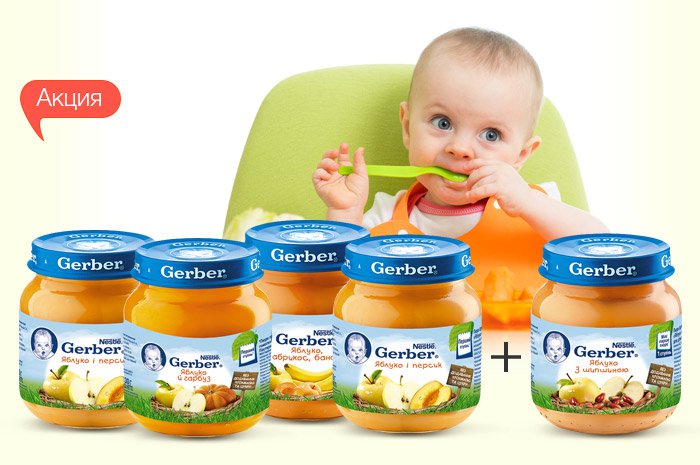 Phospholipids are an important building material for every cell: being part of cell membranes, they ensure the exchange of the cell with its environment and the interaction of cells with each other. The brain is 80-90% composed of phospholipids, so they are especially necessary for building brain tissue and cells of the nervous system. The use of soy lecithin is permitted in the production of baby food in accordance with the legislation of the Russian Federation and the Customs Union.
Phospholipids are an important building material for every cell: being part of cell membranes, they ensure the exchange of the cell with its environment and the interaction of cells with each other. The brain is 80-90% composed of phospholipids, so they are especially necessary for building brain tissue and cells of the nervous system. The use of soy lecithin is permitted in the production of baby food in accordance with the legislation of the Russian Federation and the Customs Union.
Milk formula Nutrilon (Nutrilon) Pre 0
Description:
Formula Nutrilon Pre 0 is developed on the basis of international recommendations for feeding premature and small babies weighing up to 1800g and meets the nutritional needs of your baby. Nutrilon Pre 0 features an increased protein content for active growth, as well as a special vitamin and mineral complex that meets the special needs of premature babies.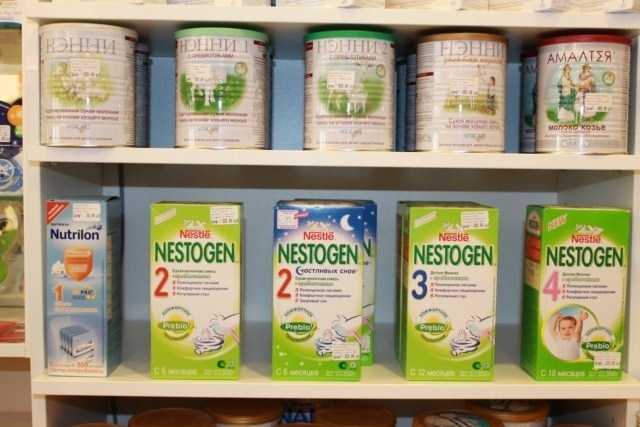
In addition, the unique Pronutri+ complex in the formula helps your child's development. Because it includes:
Improved complex of special fatty acids ARA/DHA and EPA that promote the development of the nervous system and intelligence,
Immunoactive prebiotics GOS/FOS to support your own healthy intestinal microflora and immunity.
· a special complex of vitamins and minerals - for healthy physical development.
Nutricia is an innovative company and a recognized leader in the baby food market. Nutricia products are represented in more than 130 countries around the world, its wide range meets the needs of all those in need of baby and medical nutrition. All products used in the production of baby food are pre-tested in the laboratory.
Composition:
Lactose, skim milk, oil blend (sunflower, coconut, soybean, palm, evening primrose, Mortierella alpina), glucose syrup, whey protein concentrate, prebiotics (galactooligosugar, fructooligosugar), medium chain triglycerides, egg yolk phospholipid, fish oil, minerals, inositol, vitamin complex, choline, emulsifier soy lecithin, taurine, trace elements, nucleotides, L-carnitine.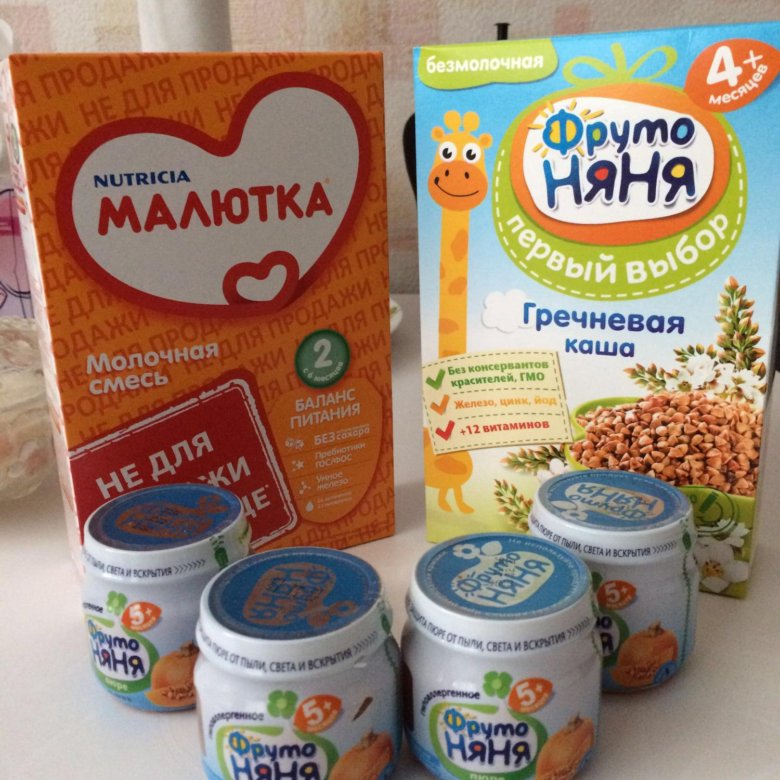
Indications for use:
For feeding premature and underweight babies weighing up to 1800 g.
Contraindications:
The use of unboiled, untreated, non-drinkable water, or a non-sterile bottle or nipple can be harmful to the baby's health. The diluted mixture should be used within one hour. Never use the leftovers of the cooked portion at the next feeding.
Do not heat the diluted mixture in the microwave. Follow the instructions: do not increase the number of scoops per serving and do not add anything to the finished mixture.
It is forbidden to use water from wells and wells for the preparation of baby food.
Side effects:
Information is absent.